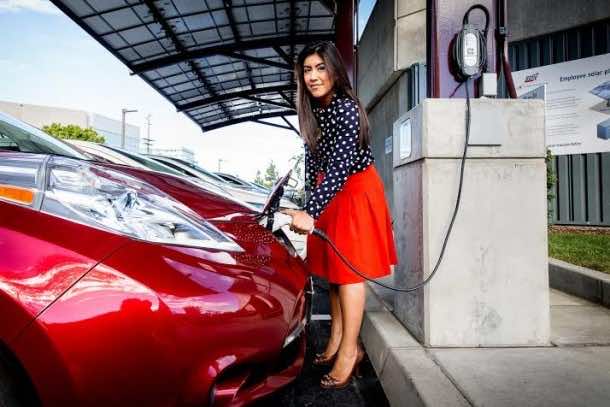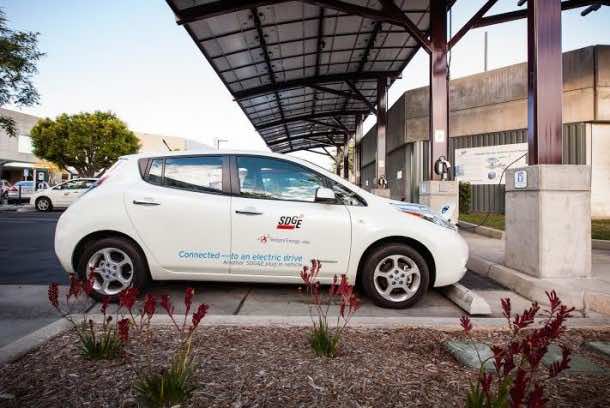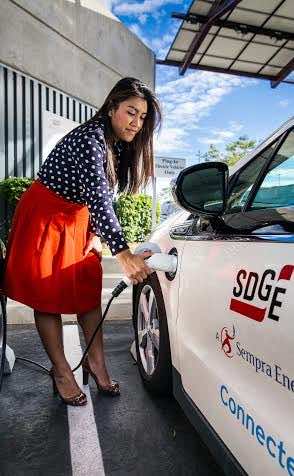For a while we have heard about a future where our cars sort of become mini-power plants. It seems like this is going to become a reality; San Diego Gas & Electric is showing how it’s going to be done. 
The California utility company has begun bidding resources from a group of electric vehicles and energy storage systems into the state’s wholesale power market. The pilot program, one of the first of its kind, is meant to provide insight into how electric vehicles and other kinds of distributed energy can make the grid more reliable and efficient, said James Avery, SDG&E’s senior vice president of power supply. Avery said, “The key to unlocking that potential is to better understand how these resources provide value both at the customer site level and at the larger electric grid level.”
This vehicle-to-grid relationship is often depicted as a key component of a future, more distributed electric grid. Energy planners envision cars being charged at night when there is little demand and power prices are low. Then when demand grows during the day and prices rise, the cars can act as a grid resource.
SDG&E is aggregating electric vehicles and stationary storage systems from five locations throughout San Diego County. Set to run through 2015, the project is offering lessons learned, identifying both barriers and best practices. The power industry is increasingly seeking out this kind of knowledge as distributed energy – electric vehicles, storage, solar, demand response, energy efficiency – increasingly gain traction as grid resources. 
California is likely to be a leader in modelling the relationship between electric vehicles and the grid. It is by far the leader in electric vehicle use in North America. According to SDG&E, more than 13,000 electric cars are in use in its territory, while the state’s Zero-Emission Vehicles (ZEV) Action Plan wants to put 1.5 million zero-emissions vehicles on the road by 2.25. SDG&E is also developing a website/mobile app that lets customers set their EV charging preferences in response to rate signals, effectively acting as their own utility that buys from a larger grid power supplier.


